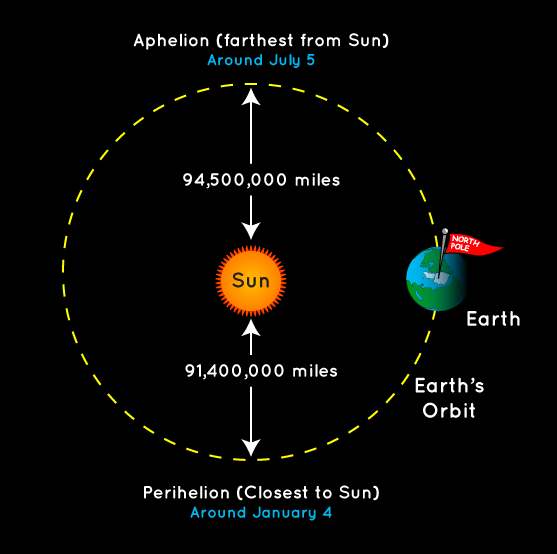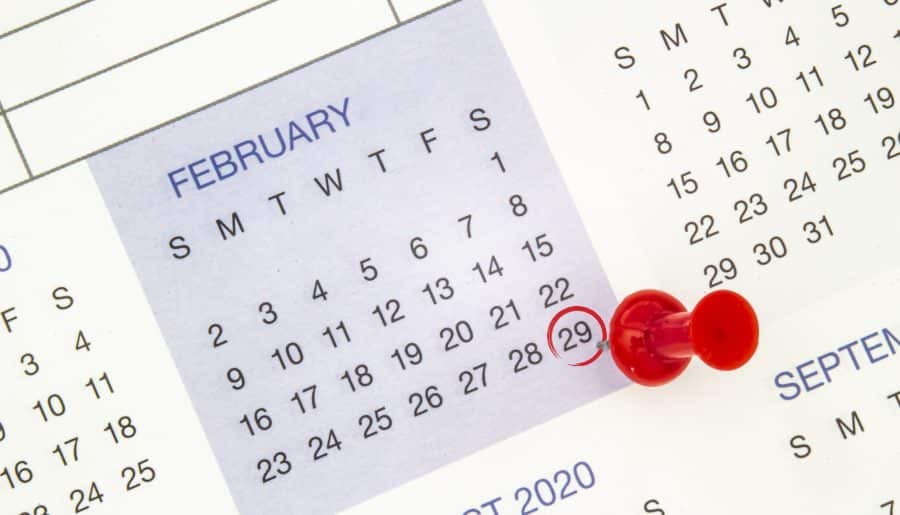We’re almost at February 29, a special date that only comes around once every four years.
It’s a leap day—an extra day that gets added to the end of February of the calendar every four years.
It’s pretty cool, don’t you think? Normally, we have 365 days a year, but we get an extra day in a leap year, making it 366 days.
But have you ever wondered why we have leap years? Why do we add an extra day to our calendar every fourth year? And why does a leap year have 366 days instead of the usual 365?
Curious? I bet you are, too!
Well, read on if you want to know. I’ll share everything you need to know about this fascinating year!
What is a leap year?
A leap year is a year that has one extra day compared to a regular year. They occur every fourth year in the common Gregorian calendar, which most of the world’s population uses.
In a regular year, there are 365 days, but in a leap year, February has 29 days instead of 28, which means there are 366 days in total.
Why it has 366 days?
The reason why we have leap years is that it takes around 365.25 days for the Earth to orbit the Sun or 365 days, 5 hours, 48 minutes, and 45 seconds to be exact to orbit the Sun.

Our planet rotates on its axis for 24 hours.
Since our year is not an exact number of days, we round it down to 365 days most years. However, the remaining 6 hours add up, hence the need for a leap year.
To make up for this, we add an additional day to our calendar approximately every four years, known as a leap year.
In short, a leap day is the accumulated 6 leftover hours that add up to a whole day after four years.
When we do the math, that’s 6 + 6 + 6 + 6 = 24 hours.
Our day has exactly 24 hours! Amazing, right?
This extra day is added in February because it only has 28 days. It’s called an intercalary day.
Now you might wonder, is leap year really THAT necessary?
Why do we need leap years?
Did you know that we have leap years to keep our calendars in sync with the Earth’s orbit around the sun?
If we didn’t make this adjustment, our time could become chaotic!
The gap between the start of a calendar year and a solar year would increase by 5 hours, 48 minutes, and 56 seconds each year.
Over time, our calendar would fall out of alignment with the seasons, changing the timing of the seasons.
For instance, if December is a cold and wintery month where you live, all those missing hours would add to days, weeks, and even months.
In a few hundred years, December would occur during the hot summer months if we didn’t have leap years!
And we don’t want that, do we?
Is a leap year every four years?
Yes, a leap year happens every four years. This means an extra day, February 29th, is included in the calendar year.
However, there are some exceptions to this rule. Years divisible by 100 are not leap years unless they are also divisible by 400.
For example, 1900 was not a leap year, but 2000 was a leap year.







